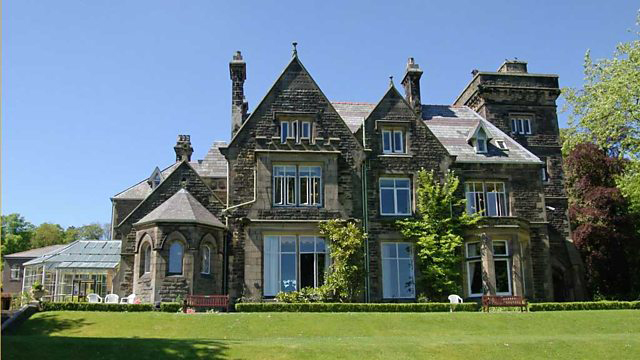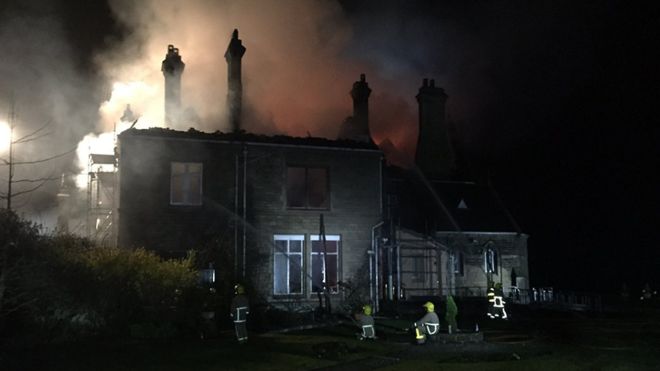Why historic buildings are at risk of burning down
When I came across this online, my face dropped. Historic building Alston Hall, a beautiful Grade II listed Victorian Gothic country mansion was transformed from this…

to this…

Over seventy firefighters battled the blaze. The roof collapsed with the majority of the mansion damaged by the inferno. What’s heart-wrenching is the interior was mostly original containing historic joinery, plasterwork, fireplaces and light fittings. According to Historic England, the listing was described as “a highly decorative property”.
Not installing fire prevention equipment
You may think that historic buildings are more prone to fire than modern constructions. Yes, historic material does not offer the same level of protection when compared with modern equivalents. However, according to a study carried out by the Institute of Fire Engineers, thousands of historic buildings across the UK are at risk of burning down due to owners blocking attempts to install unattractive fire prevention and detection equipment.
For example, Steve Emery from the institute who also is a fire advisor for Historic England said: “Owners are reluctant to install sprinklers because of concerns that it will increase the chances of the building flooding if the system malfunctions.”
Lack of communication
There are other issues to take into consideration when exploring why historic buildings have a greater risk of burning down. Helen Jackson from S2 Fire Solutions had this to say:
“Although Alston Hall was owned by the local authority, maintenance of the fire alarm system would be the responsibility of a contractor. It is the contractor’s duty to inform the owner if there is a fault with the fire alarm system or if the system does not provide sufficient protection. Sometimes, the recommendations aren’t implemented due to budgeting issues or miscommunication from the contractor.”
Alston Hall was undergoing renovations at the time of the fire. We are unsure whether this played a role in the blaze. However, what happens after the ash stops smouldering and the owners look to their insurance policy? All those historic features will be extremely expensive to replicate requiring the work of highly skilled craftsmen, for example, sourcing similar coloured and textured bricks is a challenge in its own right.
From an insurance point of view, the comprehensibility of your policy provider is at the core of restoring a historic building back to its former glory.
Restoring a historic building – 5 Grafton Street
The award-winning insurer Hiscox specialise in covering high value and historic buildings and this is the company who provides the majority of our venue insurance.
Thankfully, we have never had to process a claim involving restoring a historic building but to explain how valuable Hiscox can be, let me share the story of 5 Grafton Street. This Grade I listing building in London dating from 1760 caught fire in 2012. The blaze caused massive damage to the roof and huge quantities of extinguishment water ruined much of the decorated interior.
Enlisting the services of a team of specialists from listed building architects to highly skilled craftsmen, Hiscox met the claim, which ran into the tens of millions. By 2015, the enormous project was complete with the building fully restored to its historic glory.